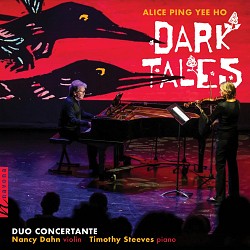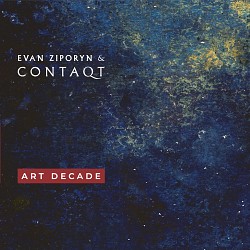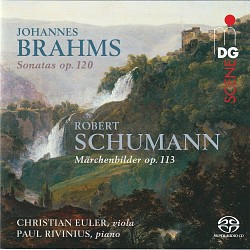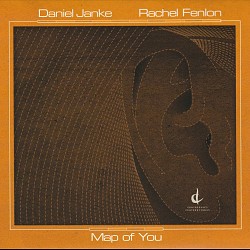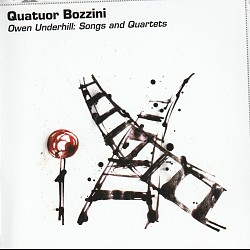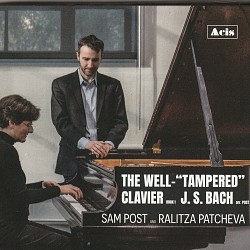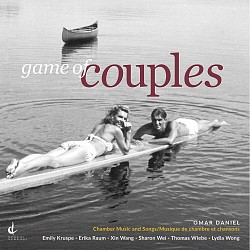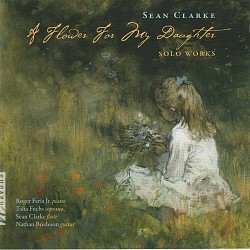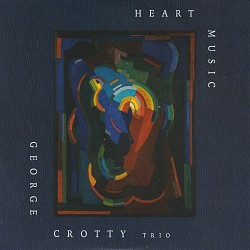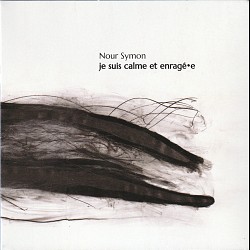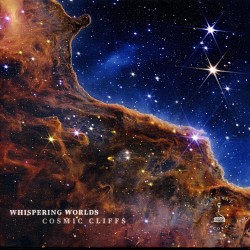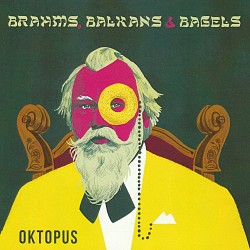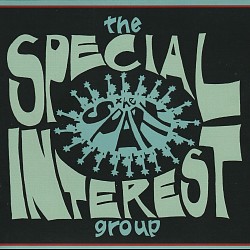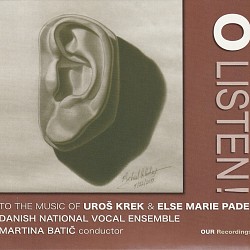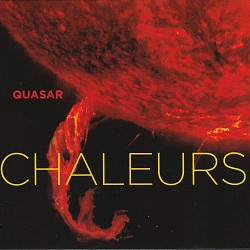Jean Papineau-Couture - String Quartets 1-4
Quatuor Molinari
ATMA ACD2 2751
Review
The following is an excerpt from Editor's Corner (December 2016) which can be read in its entirety here.
I grew up understanding that John Weinzweig was the “Dean of Canadian Composers” but in my formative years came to the realization that, as with so many things Canadian, there are Two Solitudes and that Jean Papineau-Couture (1916-2000) was “The Dean” in La Belle Province. He was born into one of the most distinguished Quebec families and his forebears include the statesman Louis-Joseph Papineau and the composer Guillaume Couture, who was his paternal grandfather. As a matter of fact Papineau-Couture was named in honour of his grandfather’s masterwork, the oratorio Jean le Précurseur, John the Baptist.
There are many parallels between the two “deans.” After studies at home in Toronto, Weinzweig went to the USA to study at the Eastman School and Papineau-Couture left his native Montreal to attend the New England Conservatory and later studied with the iconic Nadia Boulanger who spent the war years in America. Both moved back to Canada to establish careers as composers and university professors. They were founding members of the Canadian League of Composers (CLC) and the Canadian Music Centre (CMC) and enjoyed a friendly rivalry over the decades. I had the pleasure of meeting Papineau-Couture on several occasions and the privilege of interviewing him for my program Transfigured Night at CKLN-FM in the 1980s. He was a charming man and a generous soul, a fierce champion of the rights of artists and staunch defender of serious culture. He was also an active administrator serving as the president of the CLC, the Société de musique contemporaine du Québec and the Canadian Music Council, dean of the music faculty at the Université de Montréal and the director of the Montreal office of the CMC.
I was delighted when I heard that Quatuor Molinari was recording his complete music for string quartet along with the string trio Slanó (ATMA ACD2 2751). And even more delighted to find that in addition to the String Quartets 1 and 2 with which I was familiar, there was a third from 1996 and an incomplete fourth recently found among his papers. So we are effectively presented with works spanning nearly half a century and all the periods of his mature career. String Quartet No.1 dates from 1953 and shows the influence of French composers of the early 20th century. By the centennial year when he composed String Quartet No.2, although eschewing the serial school of composition, he was exploring an expanded tonality using all 12 tones. It is the string trio from 1975 that is the most experimental, with its elaborate use of extended techniques and layering of timbres. Quartet No.3 is a one-movement work which presents a sense of stylistic transition, moving away from the somewhat abrasive world of the string trio, embracing a certain lushness while at the same time approaching the sparse lyricism with which we are presented in the posthumous final work. Although unfinished, I must say that it does not give the impression of being incomplete.
This is a wonderful retrospective of one of our most important composers on the occasion of his centennial and it includes two world premiere recordings. Kudos to founding first violinist Olga Ranzenhofer and the members of the Molinari Quartet for their ongoing commitment to the music of our time through recordings of some of the most significant works of the last half century and their efforts to develop new repertoire with the Molinari International Composition Competition, the sixth of which took place in 2015. Praise is also due to the designers of the attractive and informative package which includes some wonderful photos of Papineau-Couture throughout his life, from an adolescent in a sailor suit through to the pensive, but ever-smiling, grand old man.

